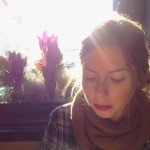Discovering the meaning of love, how to experience it fully and give and receive it without expectations or conditions is a life lesson worth searching for. We are all novices at this everyday art. Even the greatest minds of our time, masters of incredible intellectual feats and worshipful works of art, have struggled with that which it seems humans are made to do. Love. We are born with an innate desire to find it, give it, receive it. All of humanity relies on this sweetest of instincts. Whether romantic or platonic, love is our life force, the energy of our being and fodder for our soul. In the words of John Lennon, “Love is all around us.” True, but how do we love well?
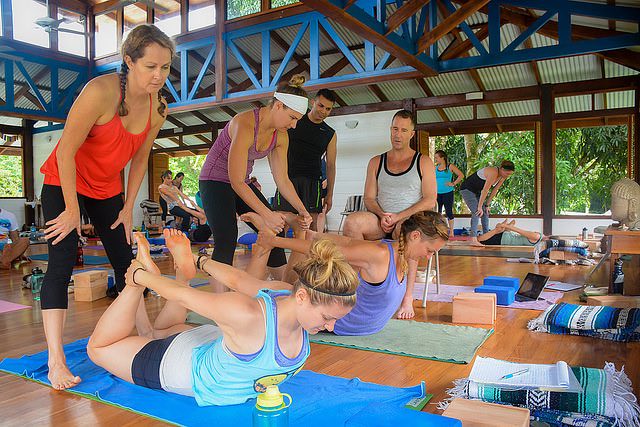
Love Yourself First
A brilliant answer to this ancient quandary lies in a compact book published by a living master of this ubiquitous art form. Thich Nhat Hanh is a Vietnamese Buddhist monk who coined the term, Engaged Buddhism, which is essentially a practical application of Buddhist principles in daily life. He is a peace activist and vegan who lives in Plum Village in the South of France and has published over 100 books. One of those books entitled, How to Love, holds his philosophy of interbeing and his definition of love. It is a philosophy for the ages and one that offers a connection for the multitudes all chasing the same elusive question.
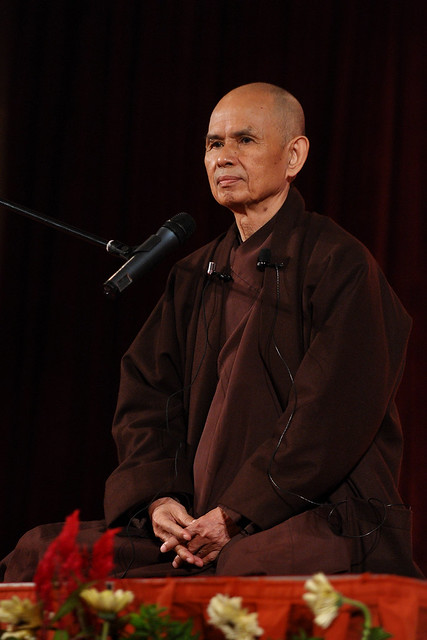
Similar to the Bohemian poet Rilke’s famous directive to “live the questions,” so does Thich Nhat Hanh proffer that the only way we can love is to live our own love. In other words, to give true love to others, we must first love ourselves. According to him, love means understanding another’s suffering and happiness. Suffering in Buddhism is simply a pragmatic truth. It exists and we must live our lives in pursuit of its end. In order to do so, you must understand it, but first, Thich Nhat Hanh says, you must understand your own. Until you establish your own happiness and accept your own suffering from within, the love you are attempting to share with others is not fully formed, and according to Thich Nhat Hanh, is not real love at all. Discovering your own happiness is at the core of what he calls “truthful love.” A love that encompasses loving kindness, compassion, joy and equanimity. He reminds us that:
Understanding Love
“The essence of loving kindness is being able to offer happiness. You can be the sunshine for another person. You can’t offer happiness until you have it for yourself. So build a home inside by accepting yourself and learning to love and heal yourself. Learn how to practice mindfulness in such a way that you can create moments of happiness and joy for your own nourishment. Then you have something to offer the other person…If you have enough understanding and love, then every moment — whether it’s spent making breakfast, driving the car, watering the garden, or doing anything else in your day — can be a moment of joy.”
Therefore, love is never static. Understanding yourself is a complex and constantly shifting task. Every day you are forced to assimilate new experiences into your comprehension of what this life is and what it means for you personally to live it. You must continue to grow and expand in your care for yourself. Accepting new challenges as they come and shaping them to fit your existing mold. Part of this assimilation process involves the object of your love and reconnects the idea of understanding in order to achieve true love. Thich Nhat Hanh suggests that “To love without knowing how to love wounds the person we love. To know how to love someone, we have to understand them. To understand, we need to listen.” It seems a simple statement, but we very often only give our divided attention to others. In a new type of world where distractions enter our universe in the form of beeps and rings or the swoosh of an incoming email, we are never very far from things other than those we attempt to love. It is this half-hearted attention that builds an unbridgeable gulf. Even Western studies have shown that happiness is bred when you pay attention to the one you seek to love. Love begins with listening, listening to yourself, listening to your loved ones, but it is the quality of the listening that matters most.
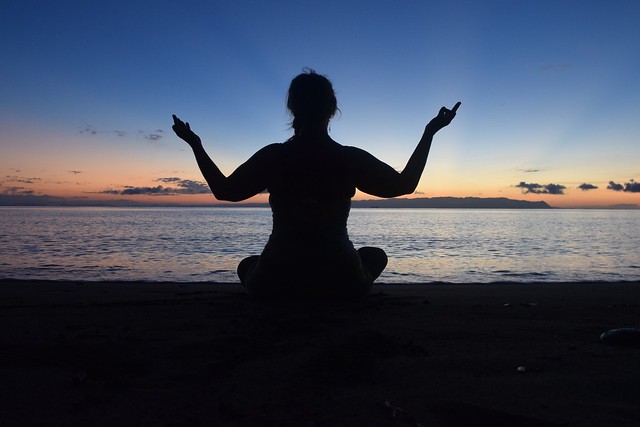
As you come to accept yourself and know yourself through open ears and an open heart, you will find the ability to love yourself, trading your insecurities for a self-generated happiness that only you can bring yourself. This will enable you to accept others for who they are, rather than as a plug to fill your holes within. Here is where Thich Nhat Hanh’s concept of interbeing becomes most influential. He says:
Often, when we say, “I love you” we focus mostly on the idea of the “I” who is doing the loving and less on the quality of the love that’s being offered. This is because we are caught by the idea of self. We think we have a self. But there is no such thing as an individual separate self. A flower is made only of non-flower elements, such as chlorophyll, sunlight, and water. If we were to remove all the non-flower elements from the flower, there would be no flower left. A flower cannot be by herself alone. A flower can only inter-be with all of us… Humans are like this too. We can’t exist by ourselves alone. We can only inter-be. I am made only of non-me elements, such as the Earth, the sun, parents, and ancestors. In a relationship, if you can see the nature of interbeing between you and the other person, you can see that his [or her] suffering is your own suffering, and your happiness is his [or her] own happiness. With this way of seeing, you speak and act differently. This in itself can relieve so much suffering.
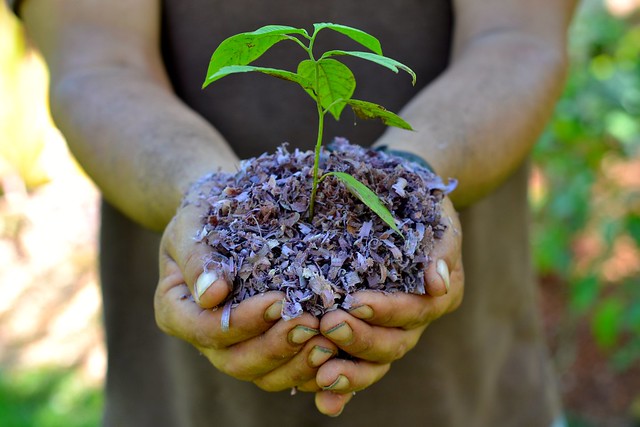
Commit To Love Yourself
Learning to love is a lifelong commitment. It is a vow with yourself, that you will always attempt to understand, accept your imperfections, seek the good in every challenge, and care for yourself the way you’ve always hoped someone else would take care of you. There is joy in all you do; you must simply acknowledge it. Then you will be an artist in the most rewarding of human conditions, love.
To learn more about Thich Nhat Hanh’s philosophies read Maria Popova’s article on her blog Brainpickings, which was the genesis for this article. You can also purchase his book, How To Love, through her site as well.
Base yourself at Blue Osa Yoga Retreat and Spa where you’ll be surrounded by love. Enjoy one of their upcoming group retreats, or take a personal retreat where you can immerse yourself in a great book or continue your yogic education.
About The Author
